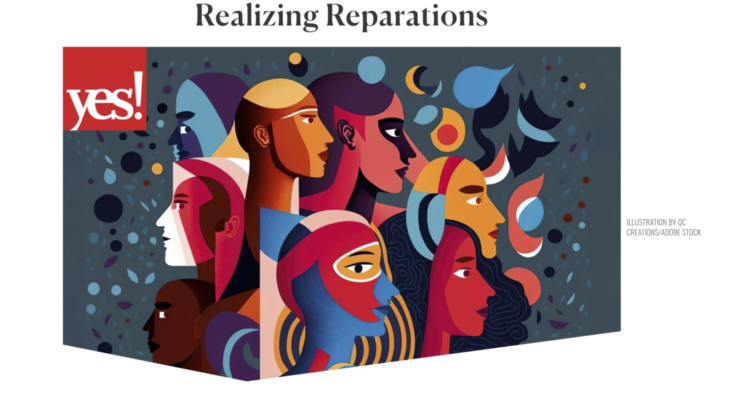Oakland Housing Navigation Resources
Discover how you can help prevent displacement and empower transformative change in East Oakland. Our resources support the community by developing resident leaders and groups for collective land ownership in their neighborhoods.


Alameda County Measure A1 Annual Report
July 2019 – June 2020
The Measure A1 goal is to create and preserve 3,800 units of affordable rental and ownership housing within Alameda County.
Alameda County Measure A1 Annual Report
July 2019 – June 2020
In 2016, voters approved Measure A1 and since then it has become one of the most important components in the Countywide effort to address our housing crisis.


Alameda County Measure A1 Annual Report
July 2018 – June 2019
Alameda County Measure A1 Annual Report
January 2017 – June 2018
Whether you are a renter in Berkeley, own a home in San Leandro, or are an employer in Fremont, quality housing affordable for people of all incomes makes our communities thrive.

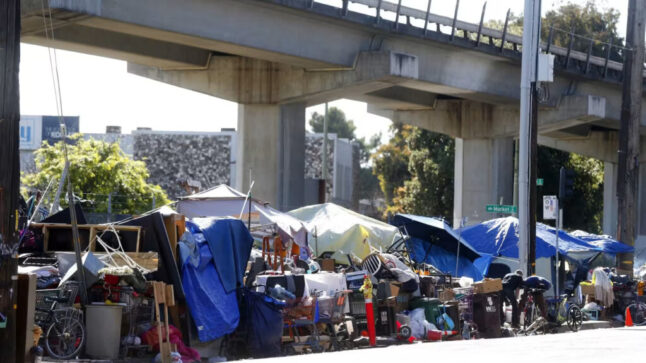
Measure A1 Fact Sheet
A guide to the Alameda County housing crisis.
Affordable housing is getting harder and harder to find. It’s too
expensive and out of reach for many seniors, veterans, people
with disabilities, low-income families and others most in need.
Toward Equity
Understanding Black Californians’ Experiences of Homelessness
Findings from the California Statewide Study of People Experiencing Homelessness


A RISING TIDE BOOKLIST
Download our PDF and receive a list of reading materials with the names of books, writer (s), and sources to purchase.
Benioff Homelessness and Housing Initiative
Our board members invested time and effort in preparing for this crucial study. It was important to us that the study go beyond the standard point-in-time homeless counts conducted by cities and counties for federal funding. Instead, we aimed to delve deeper into the human aspect of homelessness and understand the systemic failures that lead individuals to fall into homelessness in the first place.
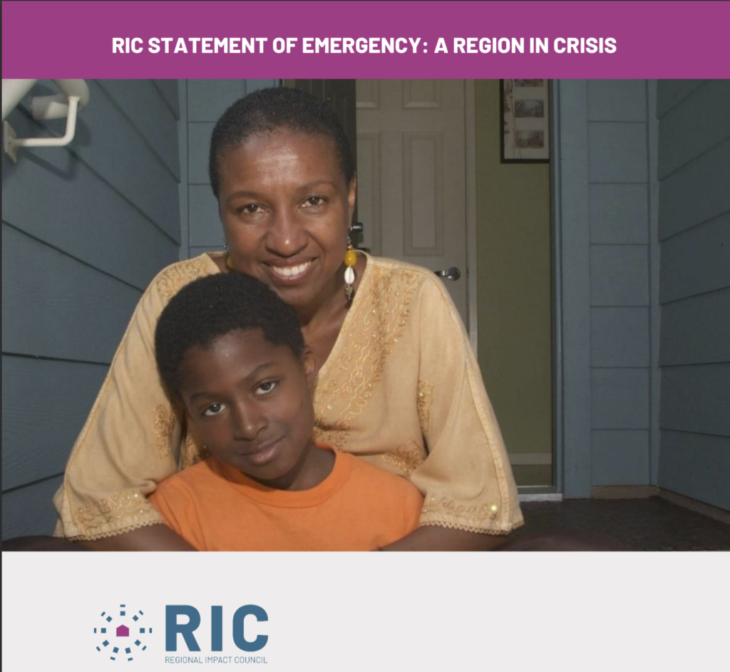
RIC Statement of Emergency: A Region In Crisis
The Bay Area’s homelessness crisis is a chronic problem, arguably the region’s greatest and most serious challenge.
The scale and complexity of this challenge is undeniably daunting. As a region we have fought to solve this crisis for
decades, to limited avail. However, the problem can and will be solved.
BARHII General Membership Meeting
A Unified, Regional Approach to the Housing Crisis: The Bold November 2024 Measure Being Proposed
Friday, September 15
10 am – 12 pm PDT
More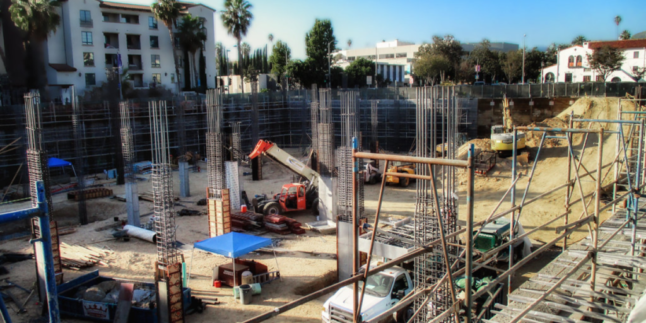
Affordable Housing Guide
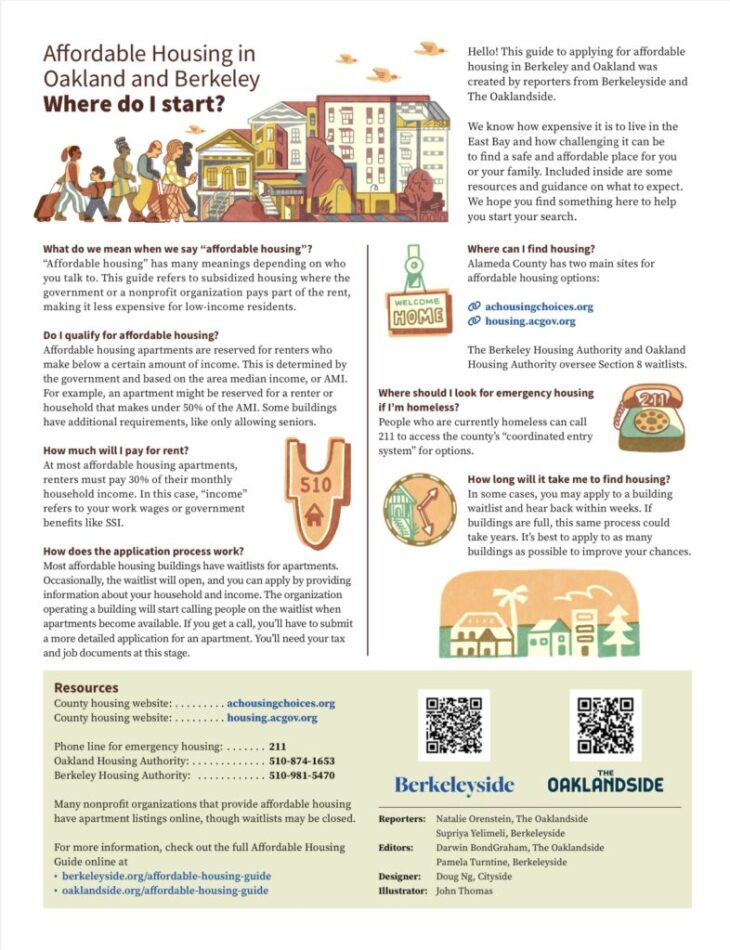
How to find affordable housing in Oakland and Berkeley.
In this guide, we aim to share a lot of that information in one place. We focus on Berkeley and Oakland, but many of the resources can help you find housing throughout Alameda County.
We’ve answered some of your most pressing questions, listed resources and programs offering affordable housing, and shared tips on how to apply.
Student Homelessness in OUSD
Seeking Shelter from mass incarceration: Fighting criminalization with Housing First.
Housing is one of our best tools for ending mass incarceration. It does more than put a roof over people’s heads; housing gives people the space and stability necessary to receive care, escape crises, and improve their quality of life. For this reason, giving people housing can help interrupt a major pathway to prison created by the criminalization of mental illness, substance use disorder, and homelessness.
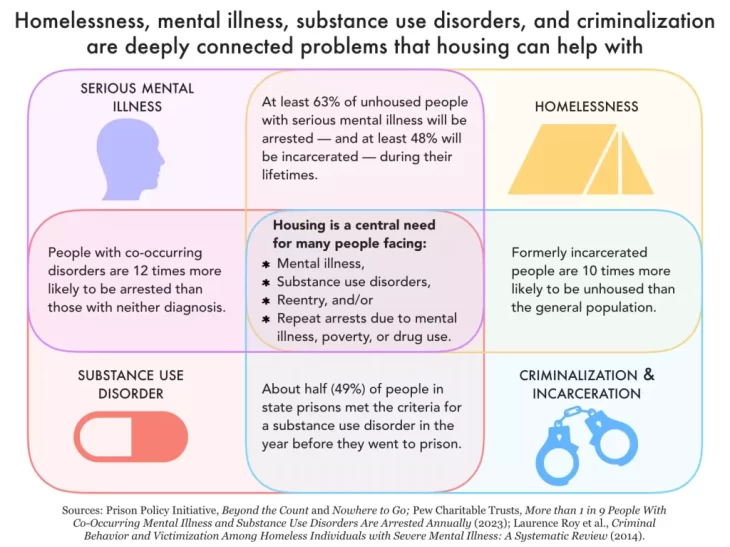
Transforming thoughts into stories
Between 2017 and 2019, homelessness sharply increased by 43% in Alameda County, California. Housing market
failures, homeless system challenges, and long-standing discrimination have produced a crisis in affordable housing and
homelessness, which has significantly impacted low-income people and communities of color.
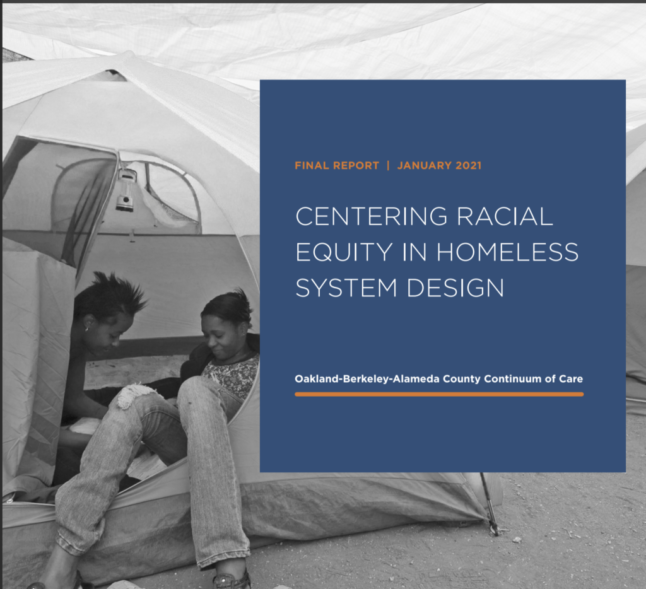
Download Report
California Statewide Study Investigates Causes and Impacts of Homelessness
” The results of the study confirm that far too many Californians experience homelessness because they cannot afford housing.”
MARGOT KUSHEL, MD–

Realizing Reparations
Reparations are about more than just a check or financial restitution. At their root, reparations are about repair—recognizing the historic and ongoing harm caused by the trans-Atlantic slave trade and all that followed, including Jim Crow segregation, voter suppression, continued police violence, and ongoing systemic racism in housing, employment, education, and more.
